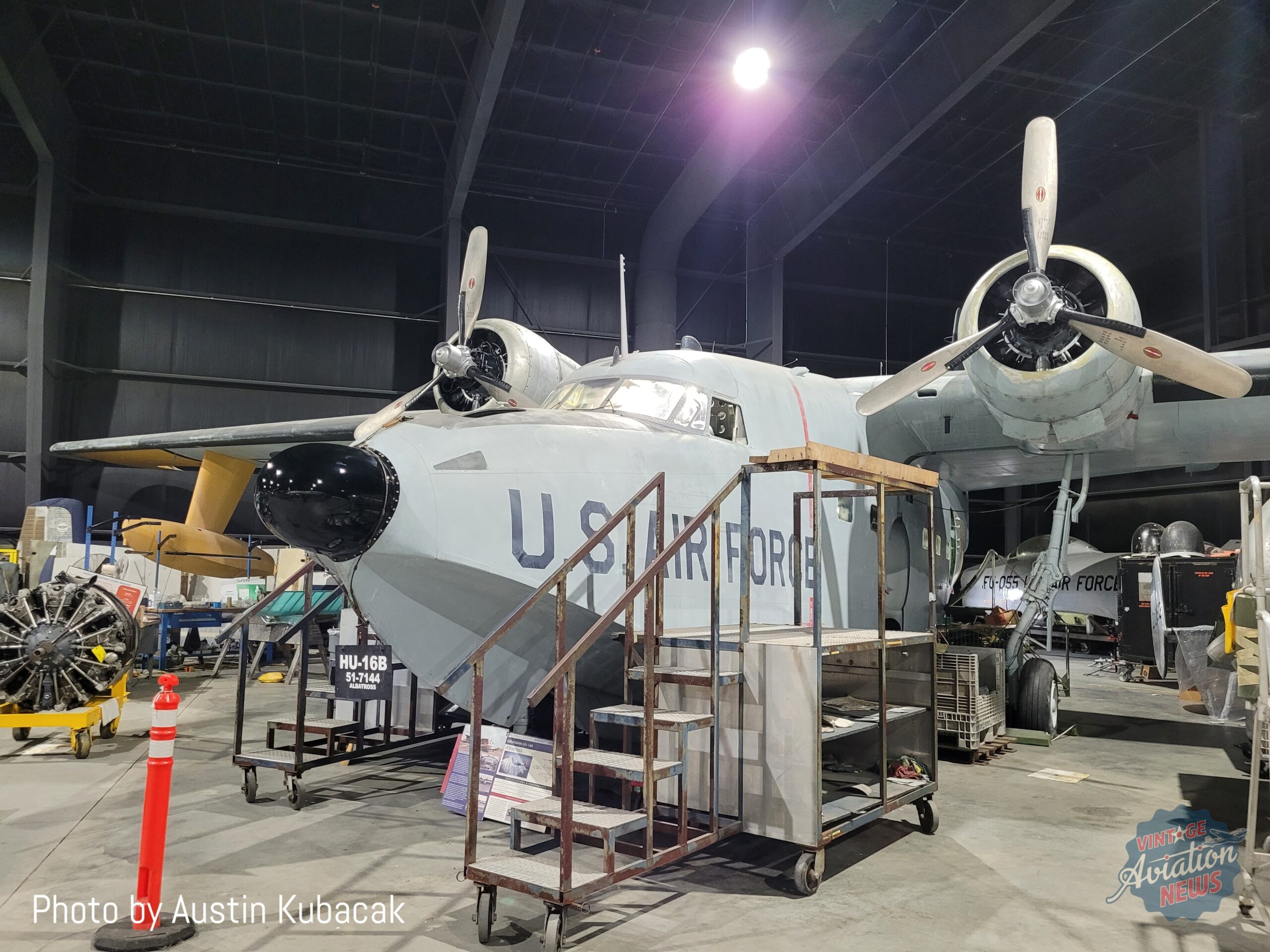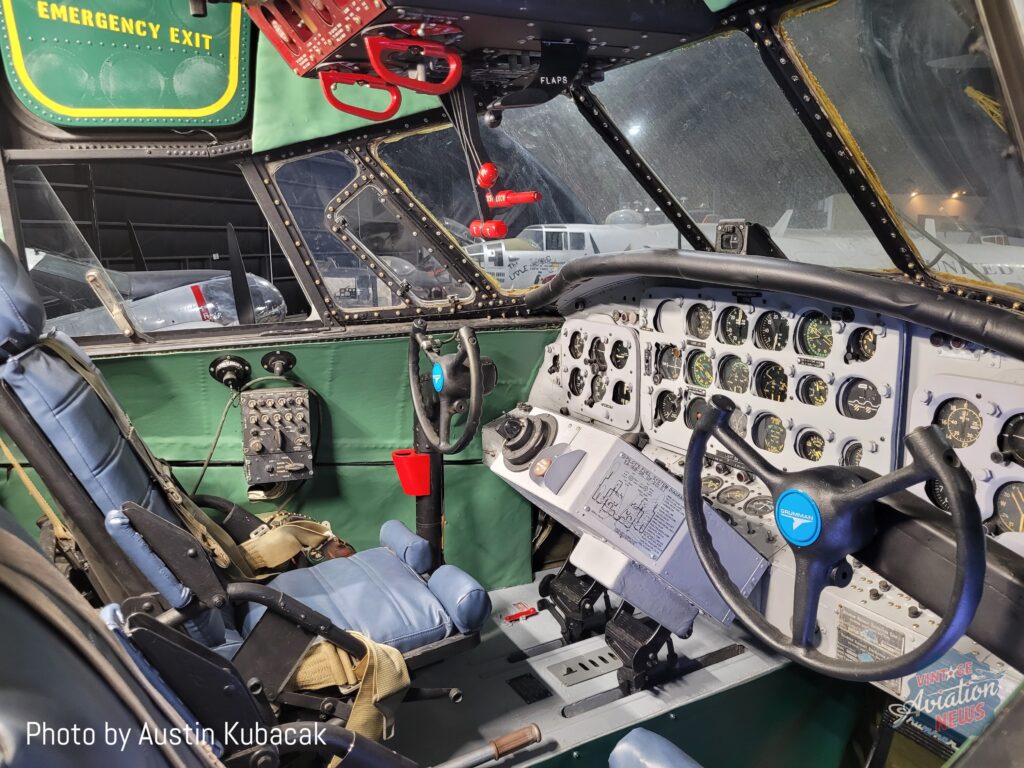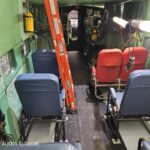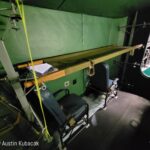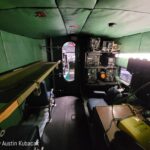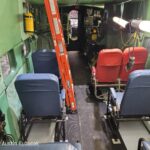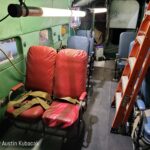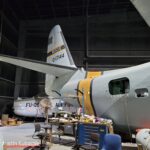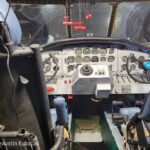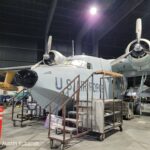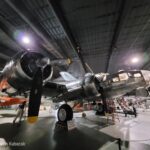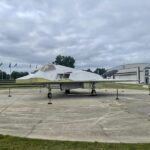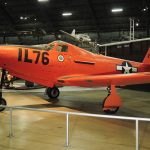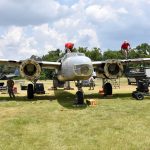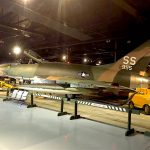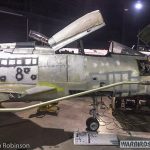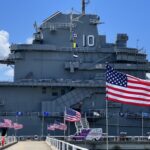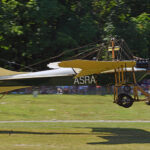by Austin Kubacak
Grumman HU-16B Albatross 51-7144 first arrived at the Museum of Aviation in Warner Robins, Georgia during 1983. After decades on external display, the Albatross finally came in for a more formal overhaul a couple of years ago, museum personnel moving it into the restoration building known as Hangar 3/the Scott Exhibit Hangar, which is where the museum’s Boeing B-17G also presently resides.
Grumman originally delivered this Albatross to the US Air Force as an SA-16B during December, 1954. It initially served with the 41st Air Rescue Squadron at Hamilton AFB in Marin County, California before moving on to the 33rd Air Rescue Squadron at Naha AB on Okinawa, Japan. It flew from here through a significant portion of the Vietnam War, and is known to have rescued stranded personnel from the Gulf of Tonkin during that time. It closed out its military service with the 301st Aerospace Rescue and Recovery Training Squadron at Homestead AFB in Florida, retiring from active use in June, 1971. Rather than ending up in a scrapyard, however, the Albatross gained a reprieve, becoming a museum piece in 1973 at the now long-defunct SST Aviation Museum, in Kissimmee, Florida where it would remain until that organization’s closure in 1981. The U.S. Air Force Museum reassigned the aircraft for display at the Museum of Aviation in 1983, and the Albatross has remained there ever since.
This Albatross is in amazingly stock condition, with a fully-fitted interior, as the images below will reveal. Inside, other than a ladder leaning against the port side wall and work lights hanging from the ceiling, the interior appears much like it might have during the Vietnam War. Outside, the aircraft’s ailerons are sitting on a nearby workbench undergoing rework; during my visit, the restoration team was applying a layer of dope to tighten the new fabric covering. The museum expects to complete the aircraft’s refurbishment within the next year or so.







